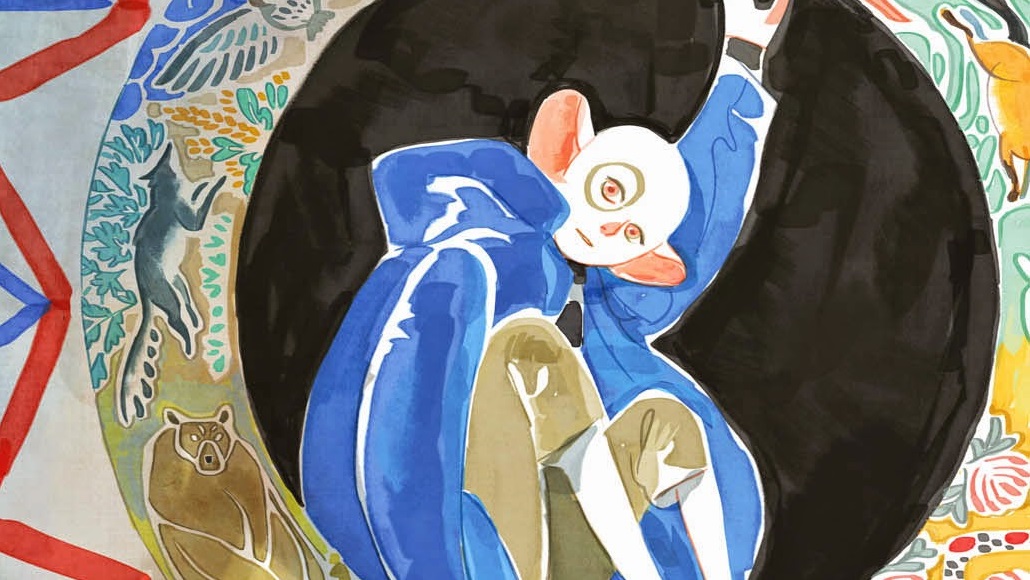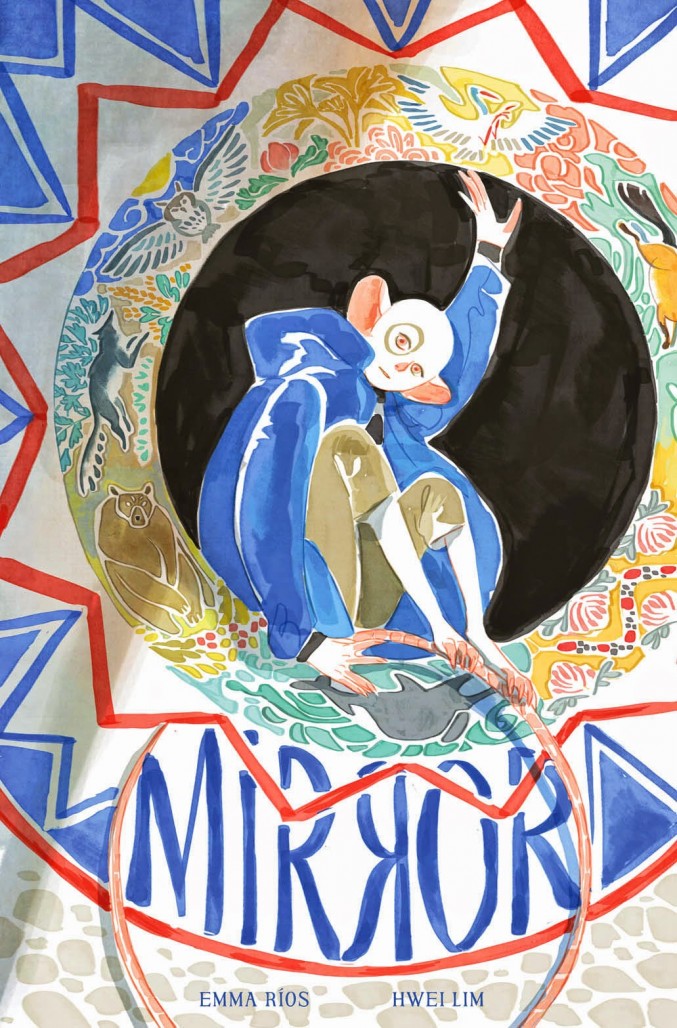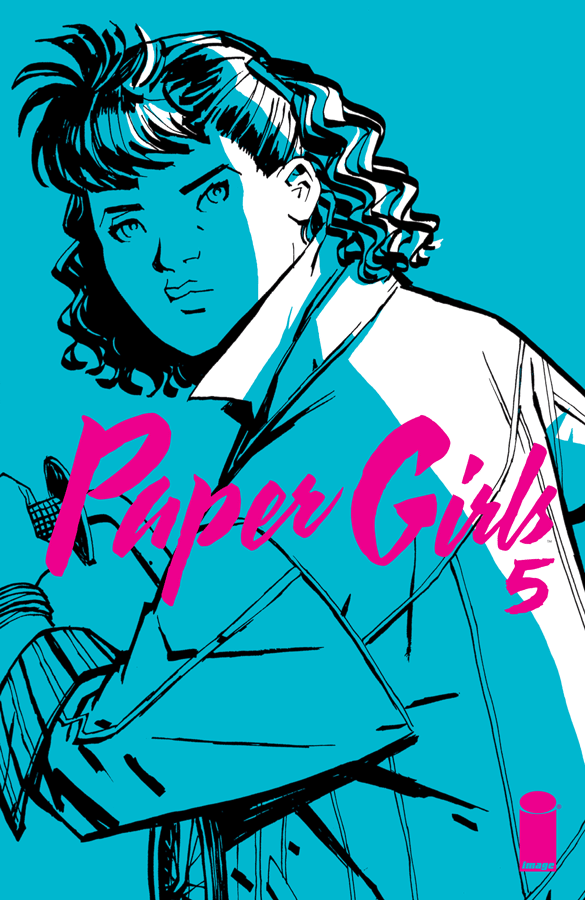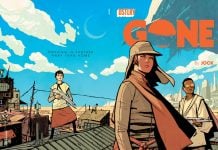With so many comics coming out each week, it can be difficult to know what to buy and what to drop. Luckily, you have The Comics Beat to show you the way. Each week, I will review a new series’ first issue and the latest issue of something that’s been on the market a little longer. It’s the perfect opportunity to find a new love or reignite an old flame. Let’s dive into this week’s titles.
Mirror #1
Writer: Emma Rios Artist: Hwei Lim Publisher: Image Comics
Fantasy stories are hard to analyze on a micro level. In most genre stories, readers find themselves dropped straight into the middle of an intricately crafted world they are completely unfamiliar with. The rules that govern our lives do not apply. Thus, in most genre stories, authors and artists devote copious amounts of time to worldbuilding early on in the series, going out of their way to establish rules and set the table for what is yet to come. Oftentimes, especially in a space-conscious medium like comics are, this leaves readers befuddled, as it’s hard to figure out what the authorial intent behind the piece is. Such is the case with Mirror #1, a beautifully rendered fantasy story that drizzles so much dressing on the salad that it’s hard to even discern there are greens at the core, let alone taste the lettuce in the meal.
Emma Rios is no stranger to intricate storytelling. The artist of Pretty Deadly, Rios has become known for filling page after page with complex visuals that are often more symbolic than representative– the antithesis of typical comics illustration. For Mirror, which spins out of the pages of Brandon Graham’s fantasy series 8House, Rios has partnered up with Hwei Lim, who is a relative newcomer to the world of mainstream comics. The basic conceit of the story retains some trimming it garnered when it was still considered a part of the 8House series: a gifted young sorcerer named Ivan shares a bond with an anthropomorphic dog named Sena. Sena is one of several anthropomorphic creatures that Ivan’s house of magicians believe can be used to win a war they are waging, so Ivan and Sena run away. Sena makes good her escape, but Ivan is eventually caught, and in the future a young mouse named Zun has decided to go looking for Sena in the hopes that she can free Ivan and the other animals held captive by the house.
The concept is novel, and the art is truly beautiful. Rios’ script is tailor made for Lim’s layouts, which are heavily influenced by architectural elements such as stained glass windows, cages, and pagodas. Lim demonstrates both emotion and control in her watercolors and lines. The book as a whole feels soft and natural, drawing you in and begging you to become immersed in the world she and Rios have created. At the same time, the art rarely strays into territory that is hard to understand at a glance, which is what often happens when artists work with watercolor.
That said, both of these creators are indeed a little green, and it shows. Rios is an accomplished artist, but is newer to writing. While her script is serviceable, it falls prey to the trap of giving too much background without enough plot momentum. Readers don’t find out about the main quest that will drive this series until nearly the end of the first issue! In a world where attention spans are shorter and more and more comics are competing for the same number of eyeballs, it’s simply untenable to move at a leisurely pace when you are writing a monthly comic that lives and dies by more by issue sales than by trade numbers. In addition, while Lim does deserve all the credit given above and demonstrates great skill when she renders characters in the foreground, her backgrounds are often simplistic and leave something to be desired. A bookshelf in the background of one page feels more rushed than impressionistic.
Ultimately, Mirror #1 is a book worth experimenting with. The first issue is troublesome, but a short story Rios and Lim include at the end of the issue hints at bigger things to come. Kaz, the head of the house caging Ivan, muses about the relationship between animals and men in a conversation with another aristocrat named Elena. He ultimately concludes that he would rather be “the hand that holds the leash…not the neck wearing the collar.” There are indeed symbolic and literal leashes everywhere in Mirror #1, and a tug of war for dominance and control is a tried and true story conceit.
Mirror will likely read much better in trade than it does here, but the first issue is definitely worth a read. Whether or not you’ll want to stick with the series on a monthly basis after that is a harder question to answer. We’ll find out when issue 2 comes out.
Verdict: Buy, but I wouldn’t add it to the pull list yet.
Paper Girls #5
Writer: Brian K. Vaughan Artist: Cliff Chiang Colors: Matt Wilson
Lettering: Jared K. Fletcher Publisher: Image Comics
Argh. This series is getting complicated.
We’ve reached the end of Paper Girls’ first arc, and with the end comes a new beginning, filled with all sorts of new problems. Before the first issue’s release, if you had told me that Paper Girls was going to be a punk rock comic pitting adolescent renegades against adults from the future riding dinosaurs, I would have laughed in your face. If you had told me this series would involve copious amounts of time travel, I wouldn’t have believed you either. And yet, here we are.
Brian K. Vaughan‘s writing continues to be strong throughout issue five. Thusfar, Paper Girls has never spun its wheels like Saga occasionally has, and continues not to disappoint here. It moves through plot points at a quick pace, and is all the better for it. The most enjoyable panel in the issue comes up when the paper girls, having assaulted one of the adult Valkyries, are cornered in a house. The leader of the future adult army, a Jesus-type figure, walks up and says “listen to your elders and come outside this instant!” We all heard that one once or twice when we were kids, but it’s hard to know whether to take the order more or less seriously when it’s coming out of the mouth of someone dressed like the Big Lebowski who has a pterodactyl and buff woman with a laser staff flanking his sides.
This all goes to say that Paper Girls belongs to Cliff Chiang and Matt Wilson. Both are accomplished artists on their own, but they are truly two great flavors that go even greater together. Chiang’s designs have been inspired from the onset of Paper Girls. The adolescents from the future have a rustic vibe, channeling Tuskan Raiders from the Star Wars franchise with copious amounts of draping fabric. Wilson employs a color palette that channels the purples, browns, and soft pinks of the sun setting over a dessert landscape. Even their hijacked spaceship has a scavenged vibe to it, accentuating the do-it-yourself mantra they ascribe to. This is all juxtaposed with the polished look of the adults from the future, who wear armor that looks like it came out of Steve Job’s Odinson collection. It’s truly entertaining work, and visual design at its finest in modern mainstream comics.
The end of this arc features a dramatic twist that feels cliche. However, that’s not necessarily a bad thing, as Paper Girls has already often toed that line and subverted trope after trope to positive effect. The Paper Girls Vol. 1 trade is presently solicited for April 13th, so if you missed the boat, that will be a great time to jump on. I highly recommend you take the plunge, as the possibilities for this series are quite literally endless.
Verdict: Buy. Also buy the trade. Also dump money into the collection hat at the church of Vaughan.











Paper Girls is a rare miss for BKV.
It’s still readable and enjoyable, but it’s not up to his usual masterpiece status.
Usually with BKV he makes his characters wants/motivations absolutely clear. He failed to do so with Paper Girls. Things just happen to these girls, but their motivations are secondary/unclear.
Readers have no sense of who teh girls are or what they want.
One is an astronaut, one is the ‘tough’ one with the Dad/Step-mom in AA, and then there are… two others? And time travel? And dinosaurs?
The lack of clarity on the dinosaurs and time travel would be tolerable if we knew who the girls were and what they wanted.
To illustrate this, we knew what the dead teenagers wanted. They wanted to fight back against the dinosaur people, and help others. That’s a clear motivation/goal. The girls>? WHo knows.
We Stand on Guard was his first big whiff in a while, IMO. I’m enjoying Paper Girls a good deal though!
Yeah, We Stand On Guard didn’t do it for me either, Kyle. I will agree with Dude though that the character shading on the girls has been pretty light thus far. We have a good sense of some of their personal traumas, but they don’t have a tenable goal in mind besides “survive.” Obviously, that’s not an uncommon goal for lead characters to have in a zombie/alien/monster invasion story like Paper Girls has turned out to be. I do hope we get some more character development and secondary goals for the individual girls as the series goes on, though.
I should clarify, I’m reading Paper Girls, I like reading Paper Girls, and I will continue to read Paper Girls.
But BKV is a master of the craft. When I pick up a BKV book (cough, cough, Saga, cough) I expect motivations and character traits to be clear from Issue 1 – because he’s a master.
Paper Girls is at issue-5 and the basics aren’t clear? I’m still enjoying it, but this won’t have the legs-outside-of-hardcore-Wednesday crowd that some of his other books have. The non-hardcore crowd respond only to the best of the best.
Paper Girls is merely enjoyable with really cool art. It’s not best of the best, because it ignores the basics.
And I loved We Stand on Guard. Everything was clear from Issue 1.; US vs. Canada – main character is Red Headed Girl, with seething intense revenge motivation. Got it, Go.
That was some damn impressive world building in only 1 issue.
Similarly – I didn’t even understand half the language in Barrier – and I still completely understood who the two main characters were and what motivated them.
He’s a master. Paper Girls is such an unexpected miss.
Enjoying Paper Girls so far, possibly because I delivered Papers. Mirror, as with Pretty Deadly is hard to read on a monthly basis. Probably will switch to trades for both.
Comments are closed.